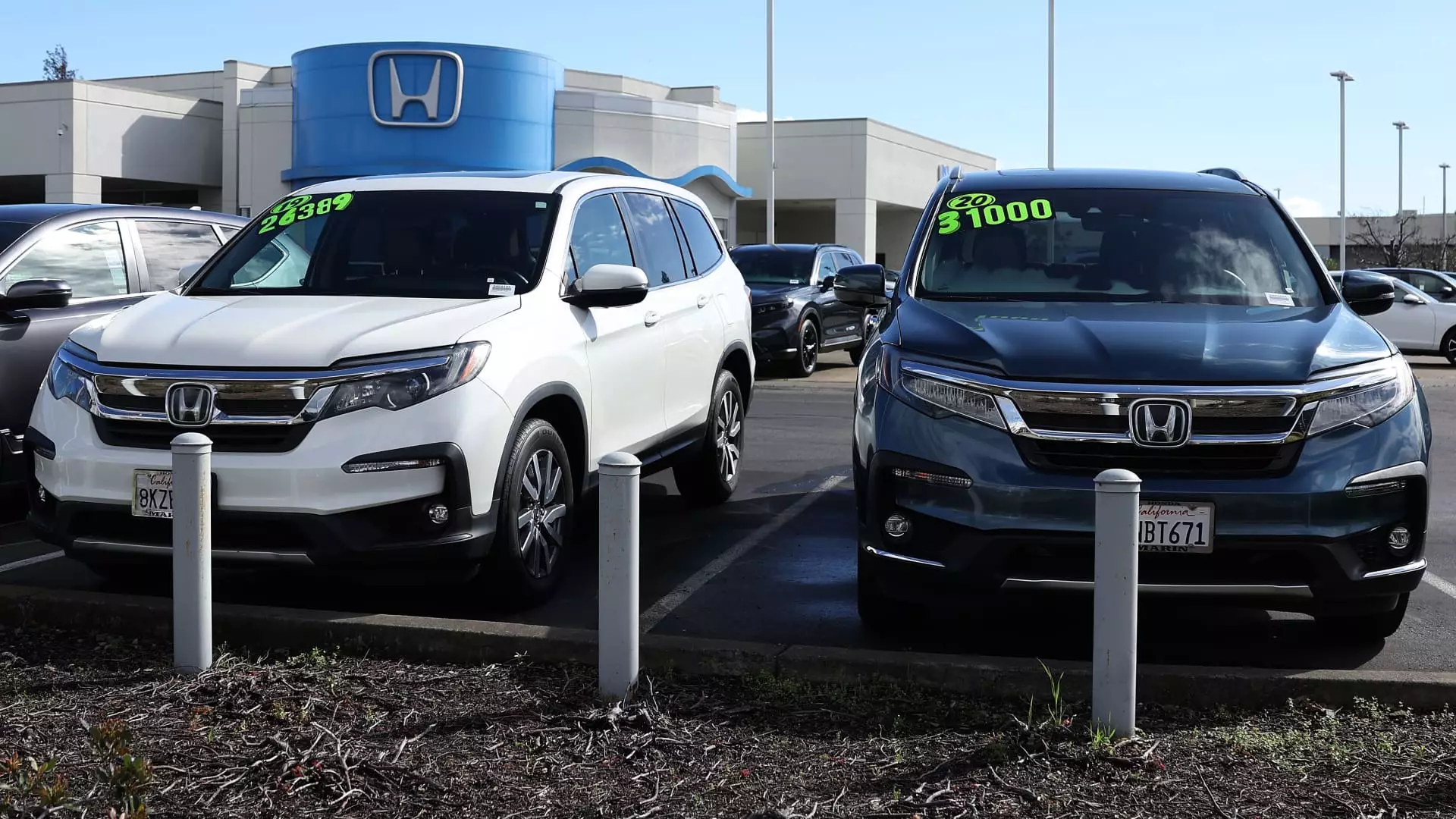The market for used vehicles has been characterized by significant fluctuations over the past few years. According to research conducted by Cox Automotive, it appears that a degree of stabilization is anticipated in 2025, following a tumultuous period. Wholesale prices, as tracked by the Manheim Used Vehicle Value Index, are projected to end this year at 1.4% higher than they were at the close of December 2024. This gradual uptick in prices indicates a shift away from the erratic swings that have defined recent years, largely attributed to post-pandemic recovery and changing supply dynamics.
Historical Context and Recent Trends
To better understand the current situation, one must consider the dramatic price changes surrounding the COVID-19 pandemic. During this period, used vehicle prices skyrocketed, with year-over-year increases of 46.6% in 2021 and 14.2% in 2020. These surges were primarily driven by a drastic reduction in the availability of new vehicles, caused by supply chain disruptions and manufacture delays. Consequently, the Biden administration acknowledged that soaring used vehicle prices were a significant factor contributing to overall inflation.
Although the market is moving towards stabilization, used vehicles still command relatively higher prices than pre-pandemic levels. A recent report indicates that the average listing price at the start of December 2024 climbed to $25,565, reflecting a small month-over-month increase. However, this figure represents a 3% decline from the previous year, suggesting that while prices are stabilizing, they remain above historical norms.
Implications for Buyers and Sellers
For prospective car buyers, the anticipated stabilization in used vehicle pricing comes as a welcome relief. The erratic price shifts of previous years often made it challenging for consumers to navigate the market, creating uncertainty about the value of their potential purchases. Although retail prices have not dropped as swiftly as wholesale prices, the forecasted increase in used vehicle sales by 1% to 37.8 million units in 2025—along with a 1.2% rise in retail sales—indicates a return to a healthier market environment.
Cox Automotive’s Jeremy Robb pointed out how the market is gradually moving away from the volatile patterns instigated by the pandemic’s repercussions, yet he remains cautious about potential fluctuations in the forecast. It’s vital for buyers to understand that while short-term shifts will persist, the long-term trajectory suggests an increasingly stable market.
In the aftermath of unprecedented volatility, the used vehicle market is slowly emerging toward stability as we look ahead to 2025. While the implications of pricing trends indicate a cautious optimism, both buyers and sellers must remain aware of the persistent factors influencing market dynamics. As monthly price changes become less dramatic, and the effects of pandemic-era inflation gradually diminish, stakeholders can anticipate a more predictable landscape. This environment could ultimately benefit consumers and dealerships alike, paving the way for an improved balance in the automotive marketplace.


Leave a Reply